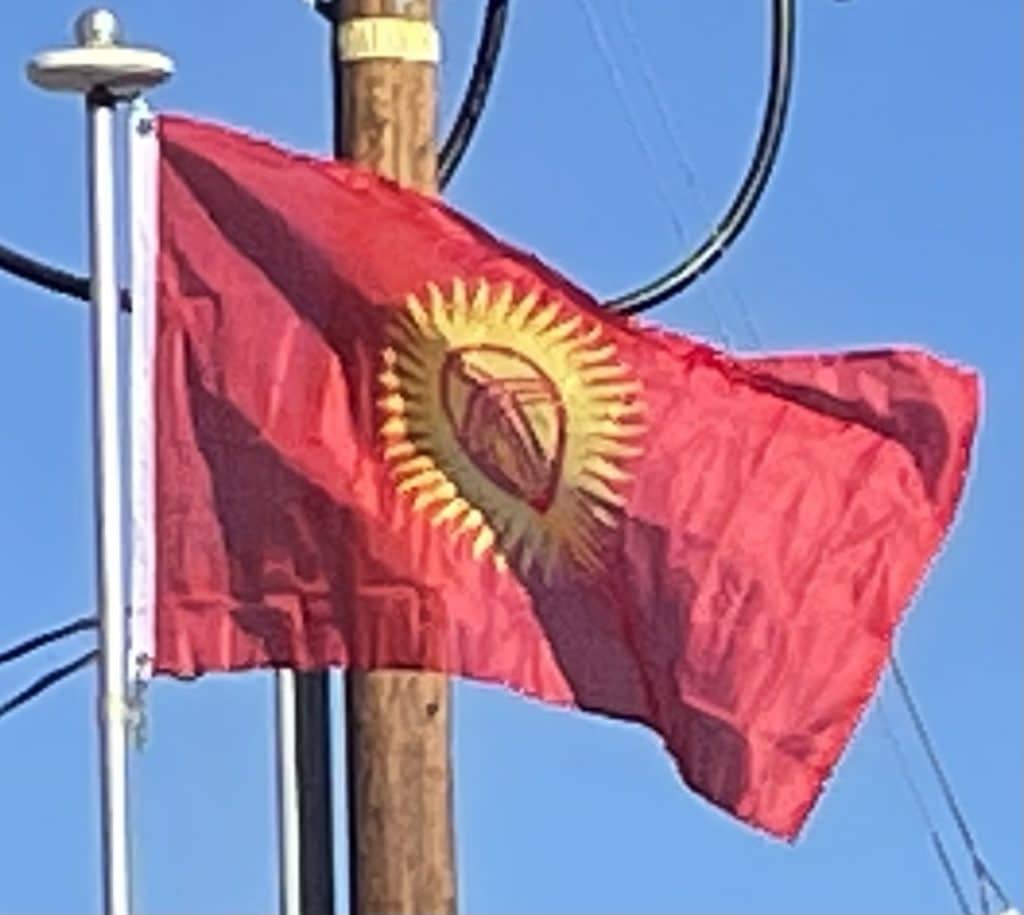Issyk Kul Lake was a stopover on the Silk Road, a land route for traders, merchants and other travelers from the Far East to Europe.
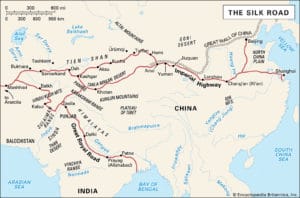
Kyrgyz tribes were overrun in the 17th century by the Mongols, in the mid-18th century by the Manchurian Qing dynasty, and in the early 19th century by the Uzbek Khanate of Kokand.
Russian Colonial Era:
In the late nineteenth century, the eastern part of what is today Kyrgyzstan, mainly the Issyk-Kul Region, was ceded to the Russian Empire by Qing China through the Treaty of Tarbagatai. The territory, then known in Russian as “Kirghizia”, was formally incorporated into the Empire in 1876. The Russian takeover was met with numerous revolts, and many of the Kyrgyz opted to relocate to the Pamir Mountains and Afghanistan.
In addition, the suppression of the 1916 rebellion against Russian rule in Central Asia caused many Kyrgyz later to migrate to China.
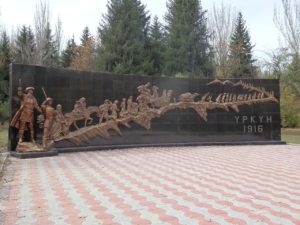
Since many ethnic groups in the region were (and still are) split between neighboring states at a time when borders were more porous and less regulated, it was common to move back and forth over the mountains, depending on where life was perceived as better; this might mean better rains for pasture or better government during oppression.
Soviet Kyrgyzstan:
Soviet power was initially established in the region in 1919, and the Kara-Kyrgyz Autonomous Oblast was created within the Russian SFSR (the phrase Kara-Kirghiz was used until the mid-1920s by the Russians to distinguish them from the Kazakhs, who were also referred to as Kirghiz). On 5 December 1936, the Kirghiz Soviet Socialist Republic was established as a constituent Union Republic of the Soviet Union.
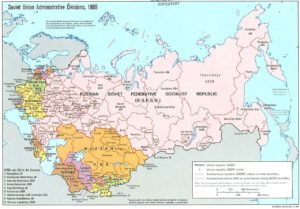
During the 1920s, Kyrgyzstan developed considerably in cultural, educational and social life. Literacy was greatly improved, and a standard literary language was introduced by imposing Russian on the populace. Economic and social development also was notable. Many aspects of the Kyrgyz national culture were retained despite the suppression of nationalist activity under Joseph Stalin
The early years of glasnost had little effect on the political climate in Kyrgyzstan. However, the Republic’s press was permitted to adopt a more liberal stance and to establish a new publication, Literaturny Kirghizstan, by the Union of Writers. Unofficial political groups were forbidden, but several groups that emerged in 1989 to deal with the acute housing crisis were permitted to function.
According to the last Soviet census in 1989, ethnic Kyrgyz made up only 22% of the residents of the northern city of Frunze (now Bishkek), while more than 60% were Russians, Ukrainians, and people from other Slavic nations. Nearly 10% of the capital’s population were Jewish (a rather unique fact, for almost any place in the Soviet Union, except the Jewish Autonomous Oblast).
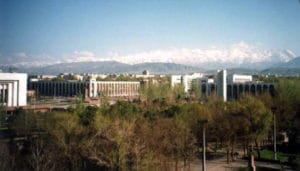
In June 1990, ethnic tensions between Uzbeks and Kyrgyz surfaced in the Osh Oblast (southern Kyrgyzstan), where Uzbeks form a minority of the population. Attempts to appropriate Uzbek collective farms for housing development triggered the Osh Riots. A state of emergency and curfew were introduced and Askar Akayev, the youngest of five sons born into a family of collective farm workers (in northern Kyrgyzstan), was elected president in October of that same year.
